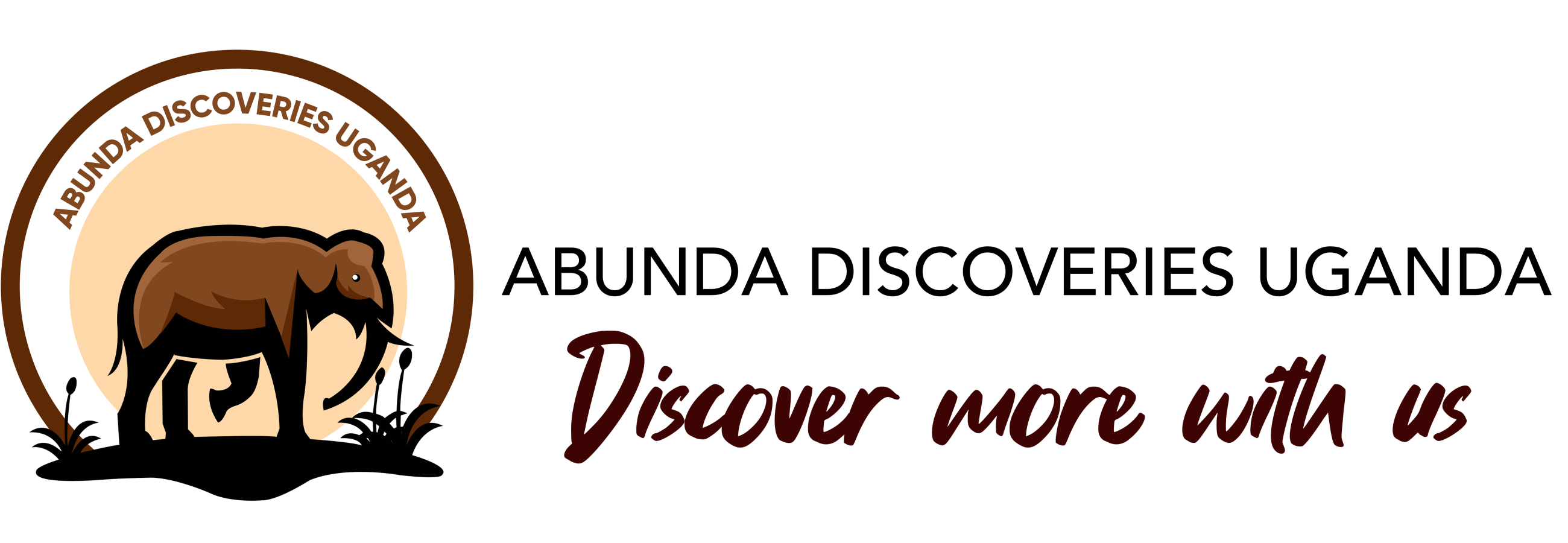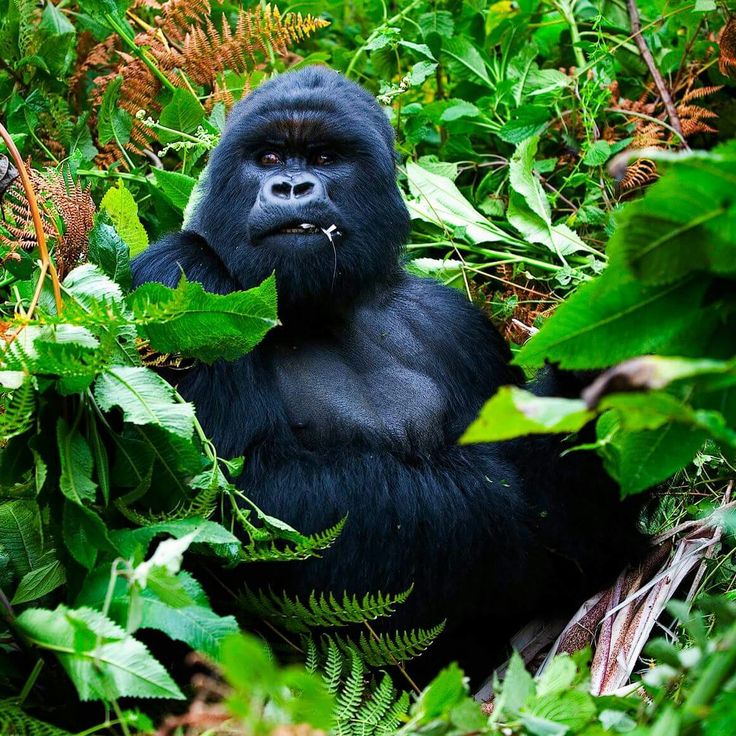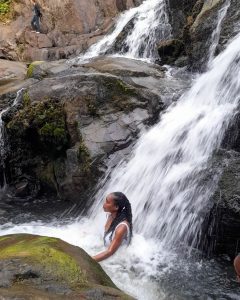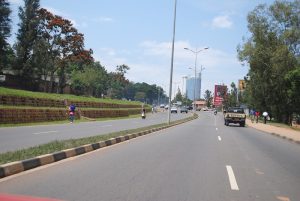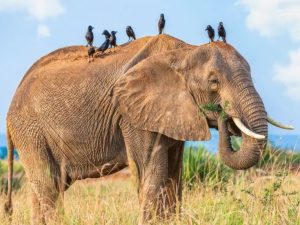Mgahinga Gorilla National Park, located in southwestern Uganda, is a premier destination for adventure travelers seeking volcano hiking and nature walks. The park forms part of the Virunga Conservation Area, which spans Uganda, Rwanda, and the Democratic Republic of Congo. While Mgahinga is most famous for gorilla trekking, it also offers exceptional hiking opportunities across three extinct volcanoes and diverse guided nature walks. These activities provide breathtaking scenery, unique cultural experiences, and encounters with rare wildlife species.
What makes Mgahinga Gorilla National Park a top destination for volcano hiking and nature walks?
Mgahinga Gorilla National Park is part of the scenic Virunga Volcanoes range, home to towering peaks, lush montane forests, and rare wildlife. The park protects the Ugandan section of the Virungas, including Mount Sabyinyo, Mount Gahinga, and Mount Muhabura. Hiking these volcanoes provides panoramic views of Uganda, Rwanda, and Congo. The park also offers guided nature walks that explore bamboo forests, crater lakes, caves, and cultural heritage sites. These experiences combine natural beauty, physical challenge, and opportunities to observe gorillas, golden monkeys, and over 180 bird species.
Which volcanoes can you hike in Mgahinga Gorilla National Park?
Visitors can hike three major volcanoes:
- Mount Sabyinyo (3,669 meters) – famous for its jagged peaks and the chance to stand in three countries at once.
- Mount Gahinga (3,474 meters) – known for its bamboo zone and crater swamp at the summit.
- Mount Muhabura (4,127 meters) – the highest and most challenging hike, offering views of the Virunga Volcanoes and Rwanda’s twin lakes.
Each volcano trek requires a full day of hiking, and park rangers accompany groups to ensure safety and provide interpretation about the flora, fauna, and cultural significance of the mountains.
How challenging is the Mount Sabyinyo hike?
The Mount Sabyinyo hike is considered moderately difficult to strenuous. The trail involves steep ridges, wooden ladders fixed on sharp slopes, and narrow paths leading to the three peaks. Hikers reach the third peak, which marks the border of Uganda, Rwanda, and the Democratic Republic of Congo. The trek usually lasts 7 to 8 hours round trip, requiring good physical fitness. However, the reward of standing at the point where three countries meet makes the effort worthwhile.
Why is Mount Gahinga popular for volcano hiking?
Mount Gahinga, from which the park takes its name, is a popular hike because it is less strenuous compared to Sabyinyo and Muhabura. The trail passes through a bamboo forest, where golden monkeys are often seen. At the summit, hikers find a beautiful crater swamp surrounded by giant lobelias. The hike takes about 6 hours round trip, making it a good choice for travelers seeking a moderate climb with rich wildlife and scenic views.
What is unique about hiking Mount Muhabura?
Mount Muhabura, meaning “the guide” in the local Kinyarwanda language, is the tallest volcano in Mgahinga at 4,127 meters. The hike is challenging due to steep gradients and high altitude, but it offers some of the most rewarding views in the region. From the summit, hikers can see the Virunga Volcanoes, Lake Edward, Bwindi Impenetrable Forest, and Rwanda’s twin lakes Burera and Ruhondo. The climb takes 8 to 10 hours, making it suitable for experienced and physically fit trekkers.
How long do volcano hikes in Mgahinga take?
The duration of volcano hikes varies by peak:
- Mount Sabyinyo – 7 to 8 hours round trip.
- Mount Gahinga – 6 hours round trip.
- Mount Muhabura – 8 to 10 hours round trip.
All hikes require an early morning start, and hikers must be prepared for long treks with varying terrain. Porters are available to help carry luggage, which lightens the load and allows trekkers to focus on the climb.
Do hikers need permits for volcano hiking in Mgahinga?
Yes, hikers need permits to hike volcanoes in Mgahinga Gorilla National Park. The permits are issued by Uganda Wildlife Authority (UWA). The cost is generally around $80 per person per hike for foreign tourists and UGX 50,000 for East African citizens. Permits cover ranger guidance and park entry fees. Booking in advance through UWA offices or licensed tour operators is recommended, especially during peak seasons.
What wildlife and bird species can be seen during volcano hikes?
Volcano hikes in Mgahinga offer chances to see a variety of wildlife. The bamboo and montane forests host golden monkeys, buffaloes, bushbucks, giant forest hogs, and duikers. On rare occasions, hikers may spot gorillas. Birdwatchers can enjoy sightings of over 180 species, including the Rwenzori turaco, crowned hornbill, and black kite. The mix of wildlife and birds enhances the trekking experience, making it more than just a mountain climb.
Are guides required for volcano hiking in Mgahinga Gorilla National Park?
Yes, guides are mandatory for all volcano hikes in Mgahinga. Uganda Wildlife Authority assigns armed rangers and guides to accompany trekkers. Guides ensure safety, interpret the natural environment, and lead groups along established trails. Their knowledge about the park’s wildlife, plants, and culture enriches the experience while ensuring strict conservation rules are followed.
What nature walk options are available in Mgahinga?
Mgahinga Gorilla National Park offers several nature walk options:
- The Border Trail – a 10-kilometer walk along the Uganda–Congo border, taking about 5 hours.
- The Sabinyo Gorge Trail – a 4-hour walk that passes through bamboo forests and offers scenic views of Mount Sabyinyo.
- The Batwa Trail Experience – a cultural walk guided by the indigenous Batwa people, showcasing their traditional forest survival skills.
These walks are less strenuous than volcano hikes and are suitable for visitors interested in exploring nature and culture at a slower pace.
What is the significance of the Batwa trail experience?
The Batwa trail is a cultural nature walk led by the Batwa people, the original inhabitants of the forest. During the walk, the Batwa demonstrate hunting, honey gathering, and herbal medicine practices. They also share stories, songs, and dances that reflect their rich heritage. This experience not only educates visitors but also supports Batwa communities through cultural tourism initiatives.
How safe are volcano hikes and nature walks in Mgahinga Gorilla National Park?
Volcano hikes and nature walks in Mgahinga are safe, as all activities are guided by professional rangers. Security is maintained within the park, and safety briefings are conducted before treks. While the terrain can be challenging, proper guidance, preparation, and equipment ensure that visitors enjoy a safe adventure.
What is the best time to go hiking in Mgahinga Gorilla National Park?
The best time for hiking in Mgahinga is during the dry seasons, which occur from June to September and December to February. During these months, trails are less slippery, visibility is better, and hiking conditions are more favorable. However, the park remains open year-round, and some travelers prefer the rainy season when the vegetation is lush and bird activity is high.
What gear should hikers carry for volcano treks and nature walks?
Hikers should carry:
- Sturdy hiking boots.
- Rain jacket and layered clothing.
- Packed lunch and drinking water.
- Walking stick (often provided at the park).
- Sunscreen, hat, and insect repellent.
- Binoculars for birdwatching.
Proper gear ensures comfort and safety during long treks and unpredictable weather conditions.
Can volcano hiking be combined with gorilla trekking in Mgahinga?
Yes, visitors can combine volcano hiking with gorilla trekking in Mgahinga Gorilla National Park. The park is home to the Nyakagezi gorilla family, which is available for trekking. Combining both activities provides a diverse adventure, offering opportunities to see gorillas and conquer volcanic peaks within the same trip.
How much does it cost to hike volcanoes in Mgahinga?
The cost of hiking volcanoes in Mgahinga is approximately $80 per person per hike for foreign tourists and UGX 50,000 for East African citizens. This fee covers park entry and ranger guidance. Additional expenses may include hiring porters, accommodation, and transportation to the park.
What conservation rules must hikers follow in Mgahinga Gorilla National Park?
Hikers must follow strict conservation rules, including:
- Staying on designated trails.
- Avoiding littering in the park.
- Not feeding or disturbing wildlife.
- Following ranger instructions at all times.
These rules protect the delicate ecosystem and ensure minimal human impact on the park’s biodiversity.
Are there accommodation options near Mgahinga for hikers?
Yes, there are several accommodation options near Mgahinga, ranging from budget lodges to luxury safari camps. Popular choices include Mount Gahinga Lodge, Amajambere Iwacu Camp, and Kisoro Tourist Hotel. These lodges provide comfortable stays, meals, and easy access to the park headquarters.
How accessible is Mgahinga Gorilla National Park for hiking tourists?
Mgahinga Gorilla National Park is located about 510 kilometers from Kampala, Uganda’s capital. Visitors can travel by road (approximately 8 to 10 hours) or take a domestic flight from Entebbe or Kampala to Kisoro Airstrip, followed by a short drive to the park. Accessibility has improved in recent years, making it easier for tourists to include Mgahinga in their itineraries.
Why is volcano hiking in Mgahinga important for tourism and conservation?
Volcano hiking in Mgahinga supports both tourism and conservation. Hiking fees contribute to park management, wildlife protection, and community development. The activity also promotes sustainable tourism by offering alternatives to gorilla trekking, thereby reducing pressure on gorilla families. Volcano hiking enhances visitor experiences while ensuring long-term protection of the park’s ecosystems.
Final Thoughts
Volcano hiking and nature walks in Mgahinga Gorilla National Park provide an exciting mix of adventure, wildlife encounters, and cultural experiences. With trails leading up Mount Sabyinyo, Mount Gahinga, and Mount Muhabura, visitors can challenge themselves while enjoying breathtaking views. Guided nature walks, including the Batwa trail, offer a slower-paced but equally rewarding experience. By following conservation rules and securing permits, travelers contribute to the preservation of this unique park while enjoying one of Uganda’s most remarkable destinations.
